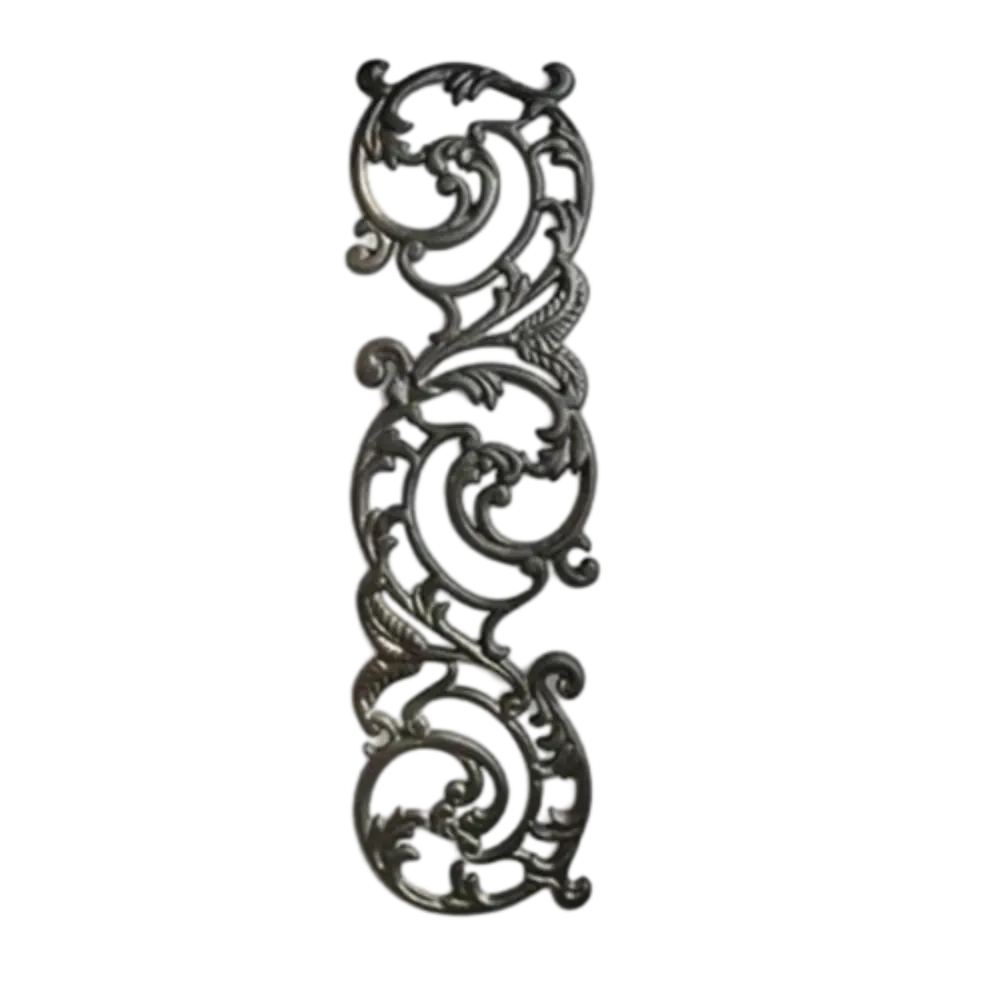metal casting
The Art and Science of Metal Casting
Metal casting is a fascinating blend of art and technology where molten metal is poured into molds to create objects of various shapes and sizes. This age-old method has been employed for thousands of years, dating back to ancient civilizations that utilized it to craft tools, weapons, and decorative items. Today, metal casting remains a fundamental process in manufacturing and engineering, continually evolving with technological advances.
The Basics of Metal Casting
At its core, metal casting involves several key steps pattern making, mold preparation, melting, pouring, and finishing. Initially, a pattern is created, usually from materials like wood, plastic, or metal. This pattern is a replica of the final product, and it is used to create a mold. The mold is designed to hold the molten metal and give it the desired shape once solidified.
Once the mold is ready, the chosen metal—whether it be aluminum, iron, bronze, or any other alloy—is heated until it reaches a liquid state. This process requires precision, as different metals have varying melting points. Once the metal is molten, it is carefully poured into the mold. The cooling and solidifying process is crucial, as it determines the final properties of the casting.
Finally, the cast metal object is removed from the mold, and any necessary finishing touches, such as machining or surface treatment, are applied. This final stage is essential for ensuring the component meets specific dimensional tolerances and surface quality standards.
Types of Metal Casting Processes
There are several methods of metal casting, each suited to different applications and materials
.1. Sand Casting This is one of the most widely used techniques, where a mixture of sand and binder is used to create the mold. Sand casting is versatile and cost-effective, making it ideal for producing both small and large parts.
2. Investment Casting Also known as lost-wax casting, this process involves creating a wax pattern coated with a ceramic shell. Once the shell hardens, the wax is melted away, leaving a precise mold. This technique is excellent for producing intricate designs and high-precision components.
metal casting

3. Die Casting In die casting, molten metal is injected into a mold under high pressure. This method is commonly used for mass production of small, complex parts with excellent surface finishes.
4. Centrifugal Casting This method uses centrifugal force to distribute molten metal in a rotating mold, resulting in parts with uniform density and quality, often used for pipes and cylindrical components.
Advantages of Metal Casting
Metal casting offers several advantages over other manufacturing processes. One of the primary benefits is its ability to create complex shapes that would be difficult or impossible to achieve with other methods. Additionally, casting can produce items that are both strong and lightweight, depending on the chosen material and techniques.
Another advantage is the versatility in scale; metal casting can be used to produce a single prototype or mass produce thousands of identical items. This flexibility makes it valuable across various industries, including automotive, aerospace, electronics, and art.
Environmental Considerations
As industries continue to prioritize sustainability, metal casting also faces challenges related to environmental impact. The energy consumption involved in melting metals and the potential release of pollutants during the casting process require manufacturers to adopt cleaner technologies and practices. Innovations such as electric induction furnaces and recycling scrap metal are becoming increasingly important to reduce the carbon footprint of casting operations.
Conclusion
Metal casting remains a cornerstone of manufacturing, demonstrating a perfect fusion of artistic design and engineering precision. As technology progresses, so too do the methods and materials used in casting, underscoring its continued relevance in modern industries. Whether creating intricate jewelry or vital aerospace components, the process of metal casting is a testament to human ingenuity and craftsmanship that has stood the test of time. Its evolution will undoubtedly shape the future of manufacturing, driving innovations that address both efficiency and sustainability concerns.
-
Wrought Iron Components: Timeless Elegance and Structural StrengthNewsJul.28,2025
-
Window Hardware Essentials: Rollers, Handles, and Locking SolutionsNewsJul.28,2025
-
Small Agricultural Processing Machines: Corn Threshers, Cassava Chippers, Grain Peelers & Chaff CuttersNewsJul.28,2025
-
Sliding Rollers: Smooth, Silent, and Built to LastNewsJul.28,2025
-
Cast Iron Stoves: Timeless Heating with Modern EfficiencyNewsJul.28,2025
-
Cast Iron Pipe and Fitting: Durable, Fire-Resistant Solutions for Plumbing and DrainageNewsJul.28,2025
-
 Wrought Iron Components: Timeless Elegance and Structural StrengthJul-28-2025Wrought Iron Components: Timeless Elegance and Structural Strength
Wrought Iron Components: Timeless Elegance and Structural StrengthJul-28-2025Wrought Iron Components: Timeless Elegance and Structural Strength -
 Window Hardware Essentials: Rollers, Handles, and Locking SolutionsJul-28-2025Window Hardware Essentials: Rollers, Handles, and Locking Solutions
Window Hardware Essentials: Rollers, Handles, and Locking SolutionsJul-28-2025Window Hardware Essentials: Rollers, Handles, and Locking Solutions -
 Small Agricultural Processing Machines: Corn Threshers, Cassava Chippers, Grain Peelers & Chaff CuttersJul-28-2025Small Agricultural Processing Machines: Corn Threshers, Cassava Chippers, Grain Peelers & Chaff Cutters
Small Agricultural Processing Machines: Corn Threshers, Cassava Chippers, Grain Peelers & Chaff CuttersJul-28-2025Small Agricultural Processing Machines: Corn Threshers, Cassava Chippers, Grain Peelers & Chaff Cutters












